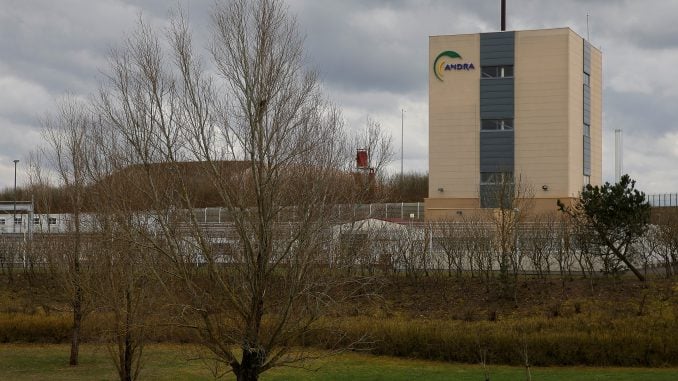
OSLO, Norway — International experts have not been able to find what caused a cloud of radioactive pollution that spread over Europe last year and prompted fears of a nuclear leak, Swedish authorities said on Monday.
Monitoring stations recorded high levels of a radioactive isotope in the air over most European cities at the beginning of October.
Scientists from France said soon afterward they thought the source was an accident at a nuclear facility in Russia or Kazakhstan — a suggestion dismissed by both countries.
A group of experts formed to investigate the incident have now decided there was not enough information to pinpoint the origin, Sweden’s radiation safety authority, one of the group’s members, said on Monday.
“Available data does not provide sufficient information to verify that the Ru-106 emissions originate from any of the activities that have been assumed to cause the event,” the Swedish authority said.
The authority was referring to ruthenium 106, the radioactive isotope identified by the monitoring stations that does not occur naturally and is the product of splitting atoms in a nuclear reaction.
The commission of experts met last week and decided that its member groups — from Russia, Sweden, France, Germany, Britain, Finland and Norway — could return to their countries and carry on their research independently, said Sweden.
France’s nuclear safety institute IRSN said in November that the likely source was an accident at a nuclear fuel treatment site or center for radioactive medicine. It said its findings ruled out a nuclear reactor.
It added there had been no impact on human health or the environment in Europe.
